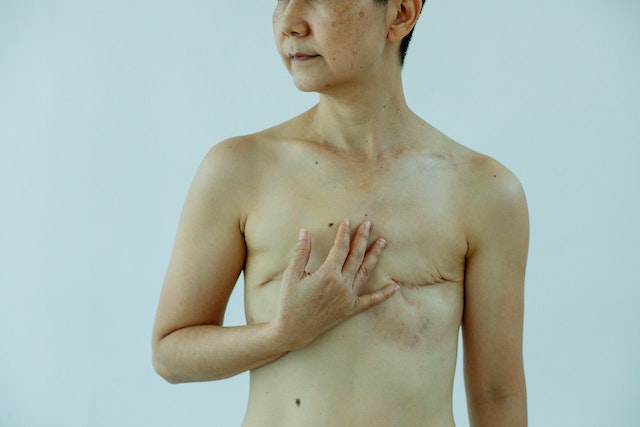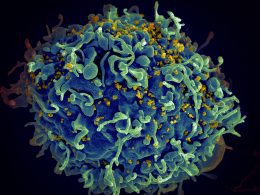Undergoing a mastectomy is a life-altering experience for many women. It is a necessary step in their journey to overcome breast cancer and ensure their long-term health. However, beyond the physical changes and scars, there is a lesser-known consequence that many women face: numbness.
Numbness after mastectomy is a common and often unexpected side effect. The surgical removal of breast tissue and the severing of nerves during the procedure can lead to a loss of sensation in the chest area and even extend to the upper arm and shoulder. This loss of sensation can have a profound impact on a woman’s physical and emotional well-being.
For some women, the numbness may be temporary, gradually improving over time as the body heals. However, for others, the loss of sensation can be permanent, leaving them with a sense of disconnection from their bodies and a constant reminder of what they have been through.
The physical implications of numbness after mastectomy are far-reaching. Simple tasks that were once taken for granted, such as hugging a loved one, feeling the touch of a warm embrace, or even dressing oneself, can become challenging. The absence of sensation can also affect women’s ability to detect pain or discomfort, making it harder to identify potential health issues or complications in the post-operative period.
Beyond the physical challenges, the emotional toll of numbness should not be overlooked. Many women report feelings of grief and loss as they grapple with the altered sensory experience of their bodies. The loss of sensation can impact body image and self-esteem, further compounding the emotional burden that breast cancer survivors already face.
Support and education are crucial in helping women cope with the effects of numbness after mastectomy. Healthcare providers should provide comprehensive information before and after the procedure, preparing women for the possibility of numbness and discussing strategies for managing its impact. Physical therapy and rehabilitation programs can play a vital role in helping women regain strength and function while adapting to the changes in sensation.
Furthermore, emotional support and counseling should be readily available to help women navigate the complex emotions associated with numbness. Peer support groups and online communities can offer a safe space for women to share their experiences, find solace in knowing they are not alone, and gather practical tips for coping with numbness in daily life.
Research and innovation in the field of breast reconstruction and nerve regeneration are also promising avenues for addressing the issue of numbness after mastectomy. Advances in surgical techniques and technologies aim to minimize nerve damage and preserve sensory function, offering hope for improved outcomes and quality of life for breast cancer survivors.
It is crucial for society as a whole to acknowledge and understand the impact of numbness after mastectomy. By raising awareness and promoting open conversations, we can foster empathy and support for women who are navigating this challenging aspect of their healing process. Additionally, advocating for comprehensive healthcare coverage that includes reconstructive options and rehabilitative services can ensure that women have access to the resources they need to manage the consequences of numbness.
In conclusion, the troubling reality of numbness after mastectomy cannot be understated. It is a physical and emotional challenge that breast cancer survivors face, impacting their daily lives and sense of self. By providing education, support, and access to innovative treatments, we can help women navigate this journey with resilience and empower them to reclaim their lives after breast cancer.












